The distfit library can all the points you are asking for. It searches across 89 theoretical distributions to find the best with the loc, scale arg parameters.
Example:
I need to do data fitting to find the distribution of a given data.
pip install distfit
from distfit import distfit
import numpy as np
# Create dataset
X = np.random.normal(0, 2, 1000)
# Default method is parametric.
dfit = distfit(distr='popular') # 'all' for all 89 or specify your own list.
# Search for best theoretical fit on your empirical data
results = dfit.fit_transform(X)
# [distfit] >INFO> fit
# [distfit] >INFO> transform
# [distfit] >INFO> [norm ] [0.00 sec] [RSS: 0.00221125] [loc=0.002 scale=1.902]
# [distfit] >INFO> [expon ] [0.00 sec] [RSS: 0.189094] [loc=-5.527 scale=5.529]
# [distfit] >INFO> [pareto ] [0.00 sec] [RSS: 0.189094] [loc=-536870917.527 scale=536870912.000]
# [distfit] >INFO> [dweibull ] [0.03 sec] [RSS: 0.00285214] [loc=0.005 scale=1.667]
# [distfit] >INFO> [t ] [0.18 sec] [RSS: 0.00221128] [loc=0.002 scale=1.902]
# [distfit] >INFO> [genextreme] [0.08 sec] [RSS: 0.00295224] [loc=-0.699 scale=1.892]
# [distfit] >INFO> [gamma ] [0.02 sec] [RSS: 0.00221712] [loc=-2156.094 scale=0.002]
# [distfit] >INFO> [lognorm ] [0.13 sec] [RSS: 0.00235342] [loc=-149.018 scale=149.010]
# [distfit] >INFO> [beta ] [0.03 sec] [RSS: 0.00208639] [loc=-11.915 scale=24.259]
# [distfit] >INFO> [uniform ] [0.00 sec] [RSS: 0.122291] [loc=-5.527 scale=11.639]
# [distfit] >INFO> [loggamma ] [0.06 sec] [RSS: 0.00209695] [loc=-376.616 scale=55.771]
# [distfit] >INFO> Compute confidence intervals [parametric]
fig, ax = plt.subplots(1, 2, figsize=(20, 10))
dfit.plot(chart='PDF', ax=ax[0])
dfit.plot(chart='CDF', ax=ax[1])

The best fit can be found in the results which will answer this question:
I need to find the pdf function of the distribution.
print(results['model'])
{'distr': <scipy.stats._continuous_distns.beta_gen at 0x155d67e35b0>,
'stats': 'RSS',
'params': (19.490647075756037,
20.18413144061353,
-11.915134641255602,
24.25907054997436),
'name': 'beta',
'model': <scipy.stats._distn_infrastructure.rv_continuous_frozen at 0x15583c00760>,
'score': 0.002086393123419647,
'loc': -11.915134641255602,
'scale': 24.25907054997436,
'arg': (19.490647075756037, 20.18413144061353),
'CII_min_alpha': -3.124111310171669,
'CII_max_alpha': 3.141196658807374}
But, how to find the parameters of the distribution ?
results['model']['params']
What if the data cannot fit the truncated gamma well ?
# Take one of the other fitting models.
results['summary'][['distr', 'score']]
# Plot results
dfit.plot_summary()

The QQ-plot (qunatile-quantile) show that it is not a good fit for truncated gamma.
# Make qqplot for the best fit.
dfit.qqplot(X)

# Inspect all other fits
dfit.qqplot(X, n_top=10)

If data fitting cannot work here, what other methods I can use for that ?
You can use non-parametric methods:
# Quantile method
dfit = distfit(method='quantile')
# Percentile method
dfit = distfit(method='percentile')
Any help would be appreciated.
Disclaimer: I am also the author of this repo.



